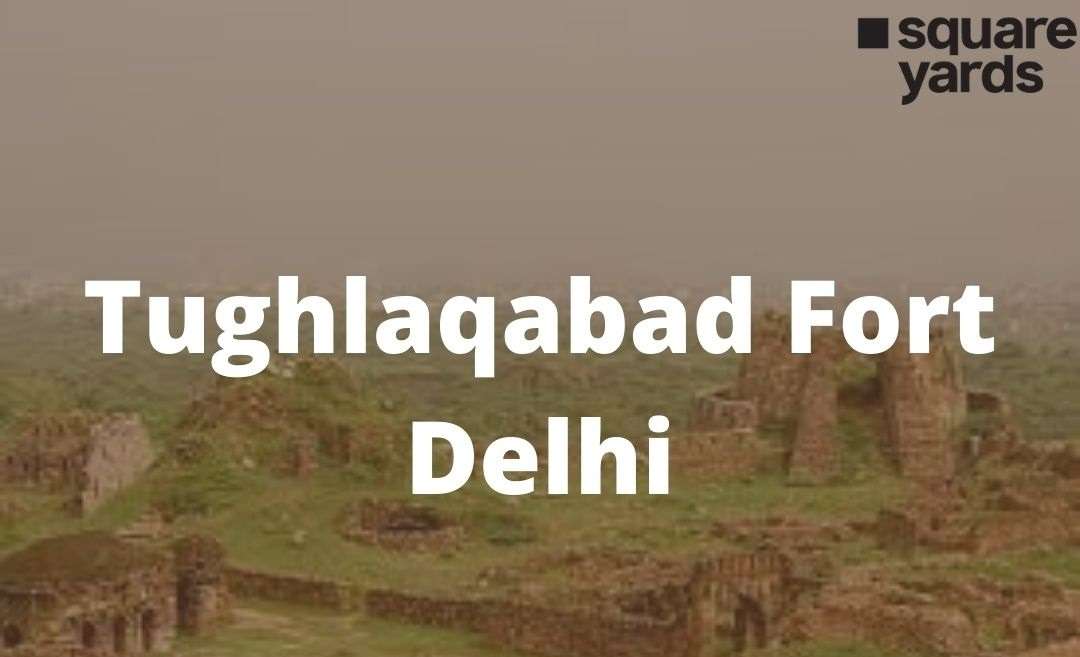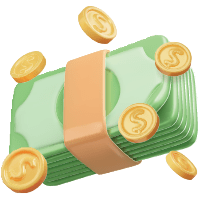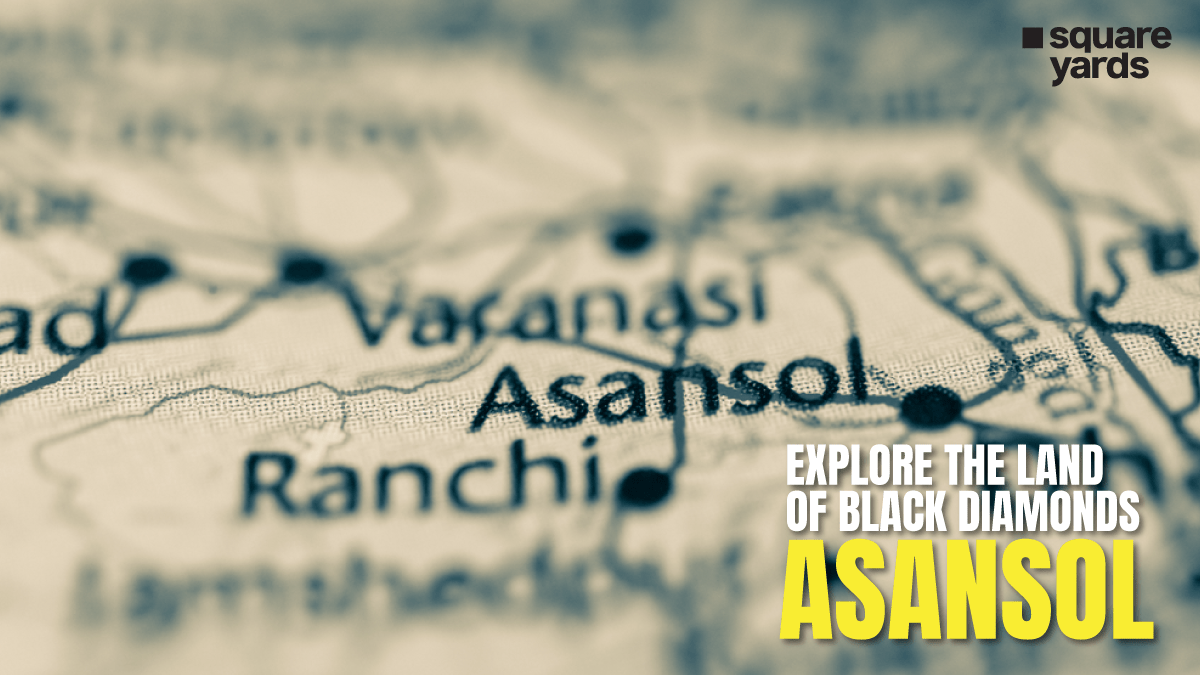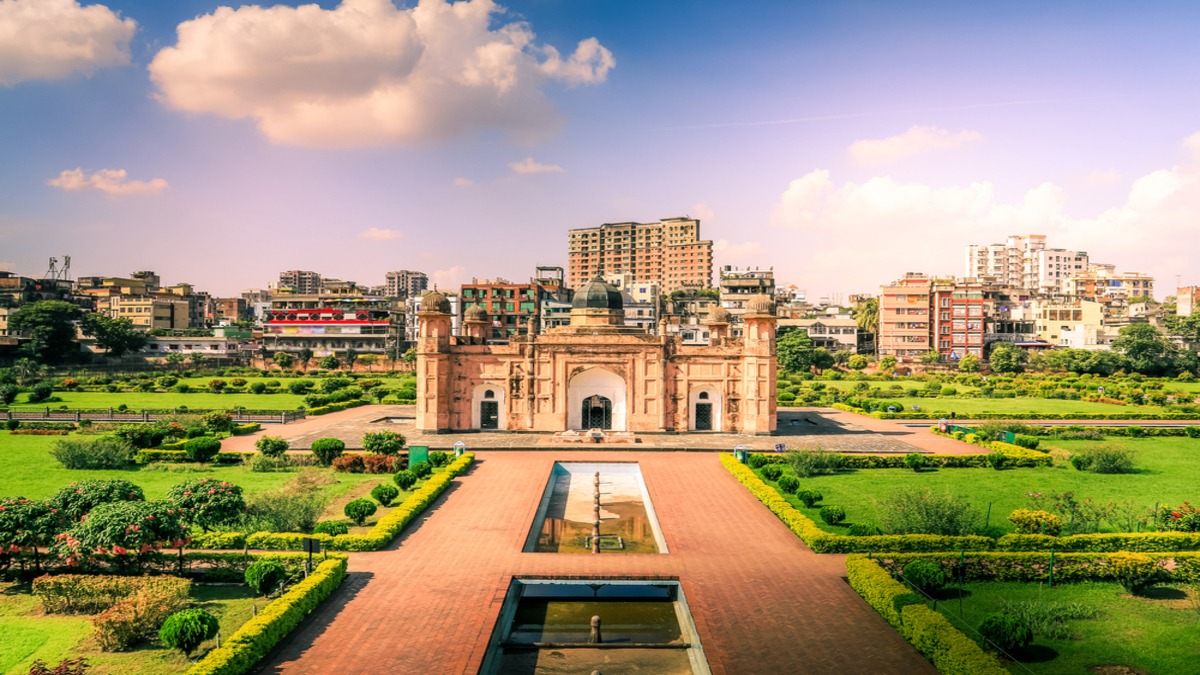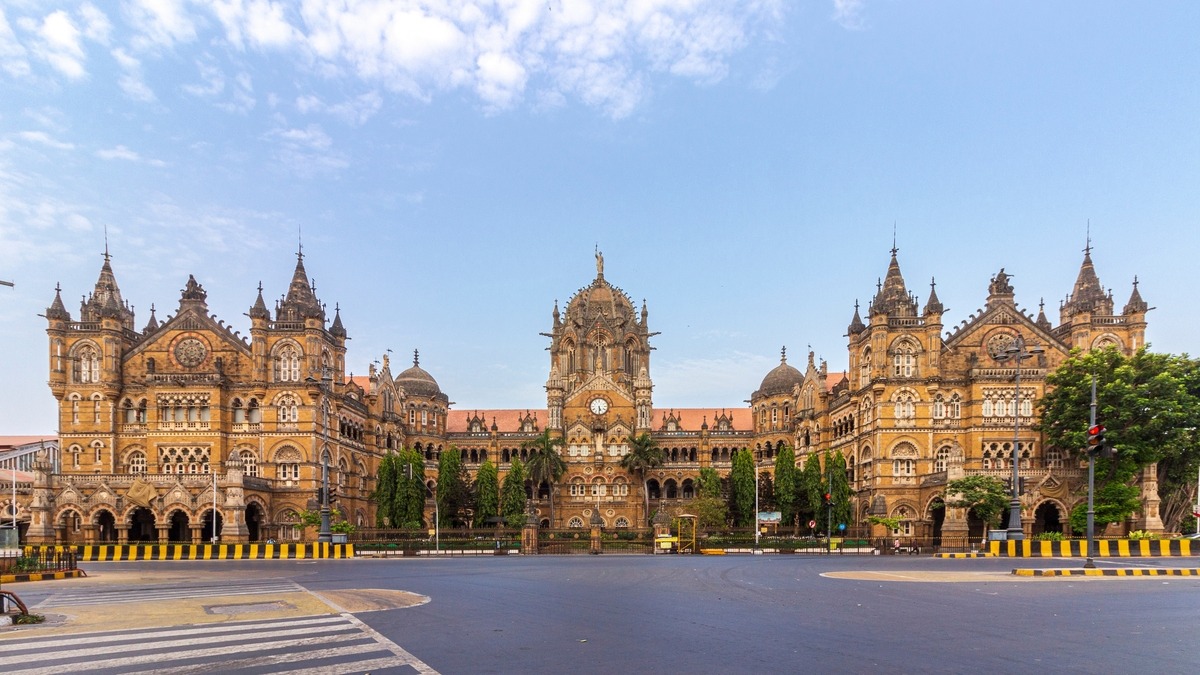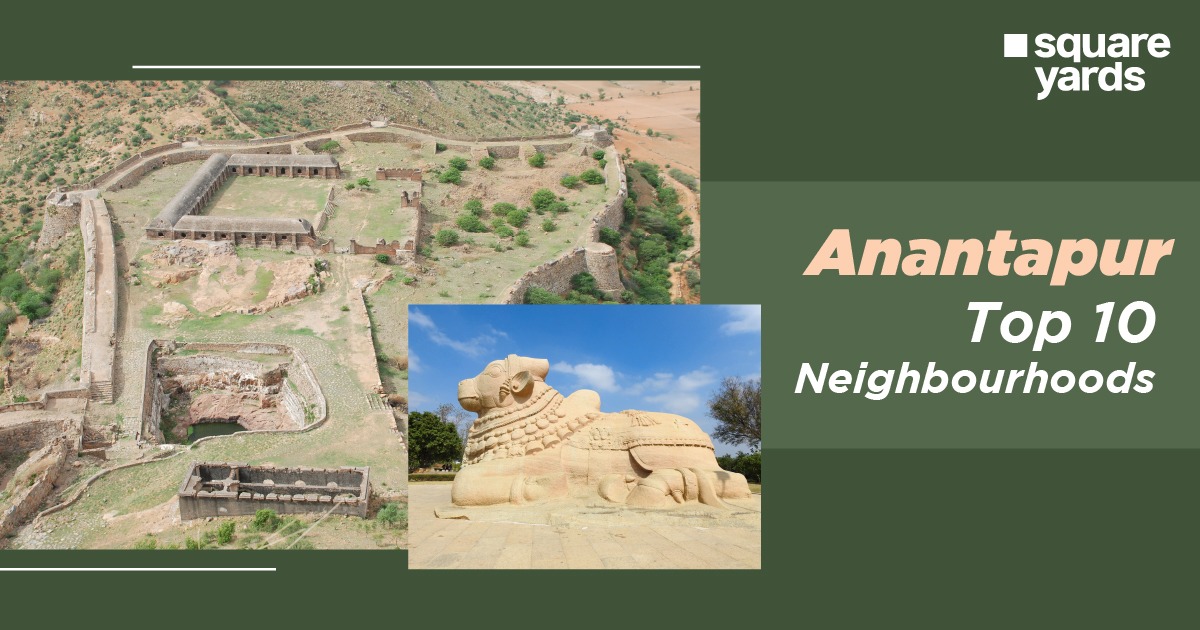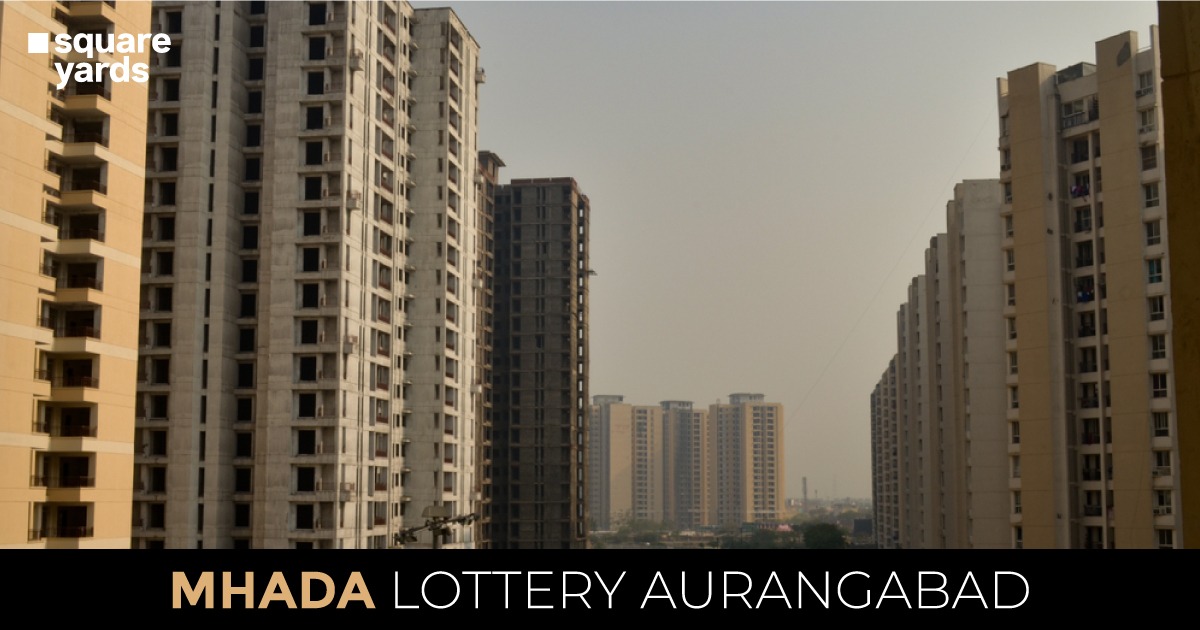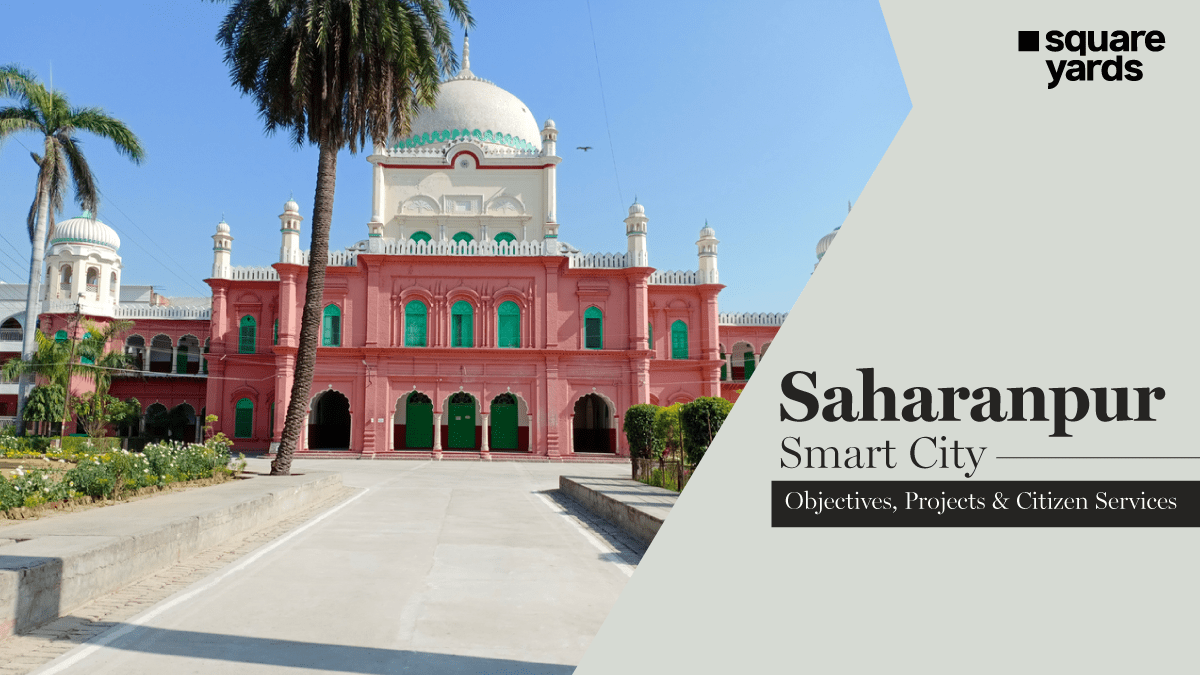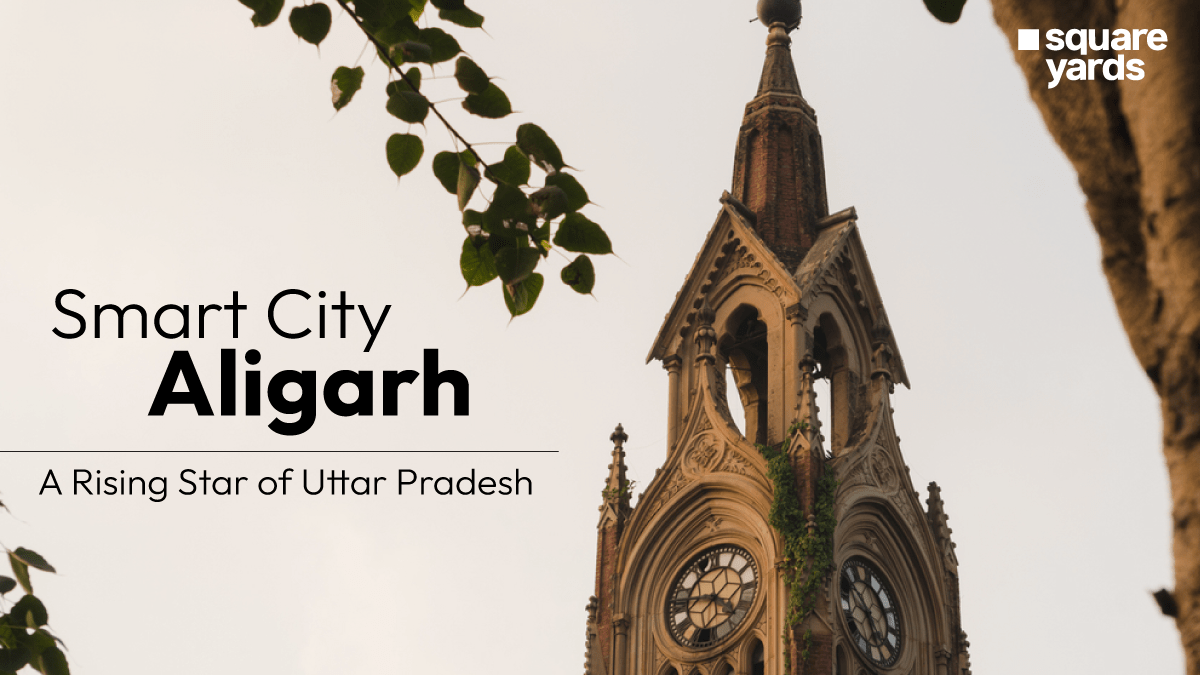What remains today as the ruins of a prominent dynasty that ruled the national capital for 100 years was a mighty fort symbolizing power in its time. The Tughlaqabad Fort is an architectural marvel which was known for its dynastic pride and strong defense. It is one of the only two forts left by the Tughlaq dynasty.
History of Tughlaqabad
The history of the infamous Tughlaqabad Fort is as complex, chaotic, and grand as that of any other prominent architectural site in Delhi. Ghiyasuddin Tughlaq was an important member of the army of Sultan Ala-ud-din Khilji. With his perseverance and hard work, he was able to achieve the title of Warden of Marches. He also maintained the same position during the rule of Qutb-ud-din Mubarak Shah. Once, when they were traveling to Delhi, Ghiyasuddin suggested building a fortress in the rocky altitudes of the area where the fortress is built now. He believed that it would give them a stronger position to defend their dynasty. Khilji laughed him off and did not believe in his intentions. Soon, Mubarak was assassinated by his own minister Hasan who became the Sultan of Delhi. It was then that Ghiyasuddin Tughlaq defeated Hasan and built the mighty Tughlaqabad fort
The architecture of Tughlaqabad Fort
The double-story bastions and the walls filled with rubble left abandoned in the majestic national capital, is a sight that will leave you in awe of it. The ruined fort is surrounded by sloping and tall walls which are around 15 meters high and the walls contain battlement parapets. The architecture of the Tughlaqabad fort is divided into two parts, one out of which is occupied by a still citadel and the other was the ruined city to the North. It was linked to the Adilabad Fort by a causeway that has now been built as a road. The causeway was originally built on a water reservoir, the water of which is now dried up.
Tomb of Ghiyasuddin Tughlaq
By taking the artery or causeway in the Southern side of the fort, one can reach the tomb of Ghiyasuddin Tughlaq. This tomb was constructed by the man himself in an archipelago. So we can understand the source of the stunning beauty of the tomb. The tomb consists of three graves; one of Ghiyasuddin Tughlaq and the other two are believed to be his wife and sons.
Surrounded by a deafening silence and poignant loneliness, the tomb’s architecture draws attention in an instant. The ceiling is carved with a lotus pattern and is as beautiful as the entire inner vibe. Another tomb complements the tomb of Ghiyasuddin Tughlaq which is also similar in design and architecture and belongs to a General in Ghiyasuddin’s army, Zafar Khan.
Who was the founder of the Tughlaq dynasty?
The Tughlaq dynasty was founded by Ghiyasuddin Tughlaq, who changed his name from Ghazi Malik. The reign of the Tughlaq dynasty in Delhi started in the year 1320. In the year 1327, Sultan Ghiyasuddin forced the entire city to uproot when he shifted to Devagiri, which was a moment of havoc for the city. The last ruler of the Tughlaq dynasty was Nasir-ud-Din Mahmud Shah Tughluq.
Adilabad Fort
In the vicinity of the Adilabad fort is a small fort named “Nai ka kot”. This fort was used by Muhammad Tughlaq as his abode while the Adilabad fort was being constructed. Muhammad Tughlaq, the son of Ghiyasuddin Tughlaq renounced his connection with the Tughlaqabad fort and built his own bastion which was named Muhammadabad. The name was later changed to Adilabad or the ‘abode of the just’. The architecture of the Adilabad Fort is similar to that of Tughlaqabad, but is smaller in comparison.
Interesting Facts about Tughlaqabad Fort
The Tughlaqabad fort is a standing witness of the grandeur of the Tughlaq dynasty and that of the national capital, Delhi. The fort is a stunning souvenir of the past and there are many facts regarding the fort which you might not have heard before. Read on to be amazed!
- It took a span of 4 years to build the famous Tughlaqabad fort. But, owing to the circumstances it never became a populated city. Some 15 years later, the fort was abandoned (to the ruins which it is today).
- According to a myth, the fort was abandoned because of a curse given by a saint to punish the boastful Ghiyas-ud-din.
- It is believed that Ghiyas-ud-din Tughlaq left no stone unturned to get the fort constructed. He employed all the workers in Delhi to work on the construction of this fort.
- The entrance of the fort is led by a stunning set of stairs that were built for the elephants to tread on. It was believed that they brought majesty and royalty into the realms of the fort.
- This fact is not meant to scare you, but it is a popular myth in the city that the Djinns haunt this fort.
- You cannot explore the entire fort as parts of it are covered in bushes, wild vegetation, and thorny shrubs.
Entrance fees and Fort timings
The entrance fees for Indians above 15 years is ₹5 and for the foreigners, it is ₹100.
The entrance for children (below the age of 15) is free of cost.
Best Time to Visit Tughlaqabad
The best time to visit the Tughlaqabad fort is during the cool and dry season. So, the months from November to March are considered the best to sightsee at the Tughlaqabad fort. The temperature of Delhi falls down to 15 to 20 degrees, so the weather is light and pleasant. It is suggested that you wear light clothes and carry a hat and sunglasses. It would only require 2 to 3 hours for you to explore the entire fort.
How To Reach Tughlaqabad Fort?
The Tughlaqabad fort is situated on the Mehrauli-Badarpur road and is easily accessible. Being the national capital, Delhi is well connected to different states and you can easily reach to visit the Tughlaqabad fort through the following means:
Via metro – Govindpuri metro station connects the metro line with the fort. It is 5 km away from the fort. From the metro station, you can take an auto for an affordable price of ₹50.
Via bus – The nearest bus stand is at walking distance of the fort. The following buses will drop you off at the fort: 414, 511, 525, 544, 874 LTD, 714, and 717.
Via air – The Tughlaqabad fort is just 20 km away from the Delhi airport. A cab can drop you off straight to your destination.
Via rail – The fort is at a distance of 25 km from the Delhi railway station. Any mode of public transport will help you reach the fort in no time.
Tips to travel to Tughlaqabad Fort
The old ruins of the Tughlaqabad Fort is a must-visit place and you should explore all the nook and corners of this fort from the tombs to the archaic walls. But before you get all too excited to visit the fort, you must keep these important tips in mind:
- Carry a bottle of water so that you do not get dehydrated.
- Wear a pair of comfortable and sturdy shoes because the terrain you will be walking on is mostly uneven and a bit thorny.
- Do not hesitate in paying a local guide if you want to know all about the history and architecture of the fort.
- Carry your own snacks, breakfast, or lunch as there is no place to eat in the vicinity of the Tughlaqabad fort.
- Do not forget to experience the views from the top of the fort which are heavenly.
Places to visit near Tughlaqabad Fort
- You can visit the forgotten but stunning Adilabad Fort which is only 2.3 km away from the Tughlakabad fort. It is just a 2 minutes drive from the above-mentioned citadel.
- Another place that you should definitely visit is ‘Nai ka kot’. This old fourteenth-century building was built by Muhammad bin Tughlaq to honor his dearest barber.
- If you are a nature and wildlife enthusiast then you can head to the Asola Bhatti Wildlife Sanctuary which is quite near the fort.
Wrapping it up
Get a chance of getting close to our grand history by visiting the mysterious yet spectacular Tughlaqabad fort. Admire the panoramic views, unique architecture, stroll around the huge area and check out for yourself if the Tugalkabad fort is really haunted or not.
You may also like to read about :
| State | Monuments |
| Rameshwaram | Ram Setu |
| Delhi | Red Fort |
| Agra | Taj Mahal |
| Rameshwaram | Ram Setu |
| Hyderabad | Golconda Fort |
| Delhi | India Gate |
| Kolkata | Victoria Memorial |
| Kolkata | Marble Place |
| Ladakh | Leh Palace |
FAQs
Is Tughlaqabad fort safe?
Yes, it is safe to visit the Tughlaqabad fort, but you need to take care of your belongings and yourself. It is advised that you should visit the fort with a group of people.
Why was Tughlaqabad fort abandoned?
The Tughlaqabad fort was abandoned in 1327. After the city of Tughlaqabad was finally ready after four years, it was destroyed merely 15 years later. It is a popular belief that the fort was abandoned due to the shortage of water.
What is Tughlaqabad fort famous for?
The Tughlaqabad fort is famous for being a ruined fort in the national capital of Delhi. The Tughlaqabad fort was abandoned in the year 1327. It was built by Ghiyasuddin Tughlaq.
Who built Tughlaqabad fort in Delhi?
The founder of Tughlaq dynasty, Ghiyasuddin Tughlaq built the famous Tughlaqabad fort in the year 1321.


